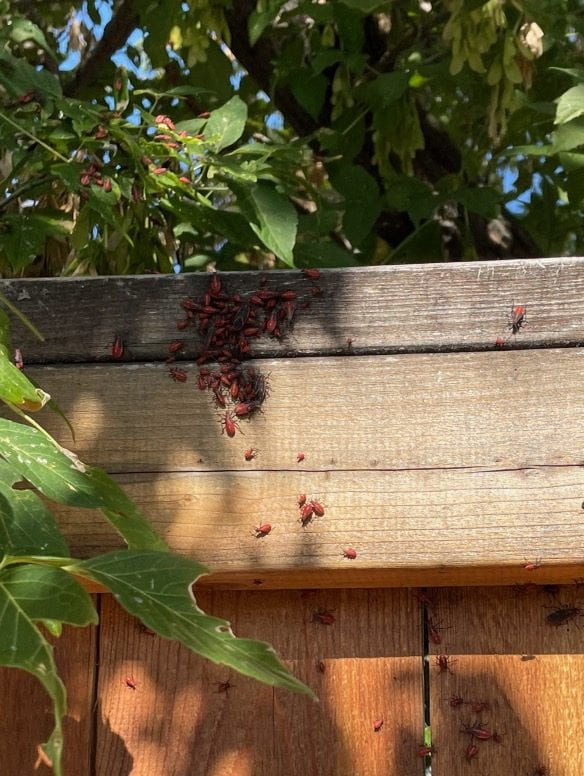The changing seasons bring a multitude of transformations to our environment, and one often overlooked aspect is how weather affects pest activity. As temperatures, moisture levels, and other climatic conditions shift, pests of all kinds adjust their behaviour and habits. To effectively manage and prevent pest infestations, it’s crucial to understand these seasonal patterns and the impact of weather on pest movements. In this post, we’ll explore how different weather conditions influence pest activity throughout the year.
Spring – Mating Season
As the cold winter months give way to spring, the natural world awakens from hibernation. Warm temperatures and increased moisture provide a green light for insects and other pests to become more active. Spring is mating season for many pests, making it a critical time to be aware of potential infestations.
Wasps and Bees
Wasps and bees are among the insects that awaken from dormancy during spring. In spring, these stinging insects are actively looking for nesting sites and food sources, and your home may be a prime target.
Summer – Backyard Pest Activities
As the summer months roll in, pest activities continue to evolve. With increased rain and heat, this season presents its own set of challenges.
Mosquitoes
While mosquitoes are more of an outdoor nuisance, their bites can be itchy and painful. They multiply in standing water, so it’s essential to eliminate any water collection points around your home to reduce their numbers.
Fall – Larger Insect Patterns
As fall approaches and temperatures drop, insects seek shelter to prepare for the winter. This activity results in an increased presence of certain pests.
Spiders
During the fall, you may notice an influx of spiders in and around your home. While these pests are generally harmless, they give a lot of us the heebie-jeebies. To keep them at bay, it’s advisable to seal any cracks, holes, and gaps in your home’s foundation, siding, garage, floors, and attics.
Winter – Pest Hibernation
During the winter months, many insects enter a state of hibernation, migrate to warmer locations, or survive in their nymph, eggs, or larvae phase, often hidden away in the ground or water. While pests such as wasps and bees may seek shelter in trees, logs, or the eaves of homes, rodents like mice and rats venture indoors for warmth and protection from harsh weather.
Preventative Measures
The best way to prevent winter pest invasions is to take precautions in the fall. Conduct regular home maintenance and ensure your home is sealed and clutter-free. It is also wise to call your local pest control professional and have them treat your home to prevent future pest problems.
There are many different varieties of pests, in all shapes and sizes, and with varying behavioural patterns. It’s important to be aware that while some pests, such as many spiders, are likely harmless, the vast majority of pests will very likely damage your home or belongings. Knowing how weather affects pest activity is only half the battle. Being aware of the behaviour of the different pests in your local area and taking the preventative measures necessary, or calling a reputable pest control professional to do it for you, is crucial in the fight against pests.



